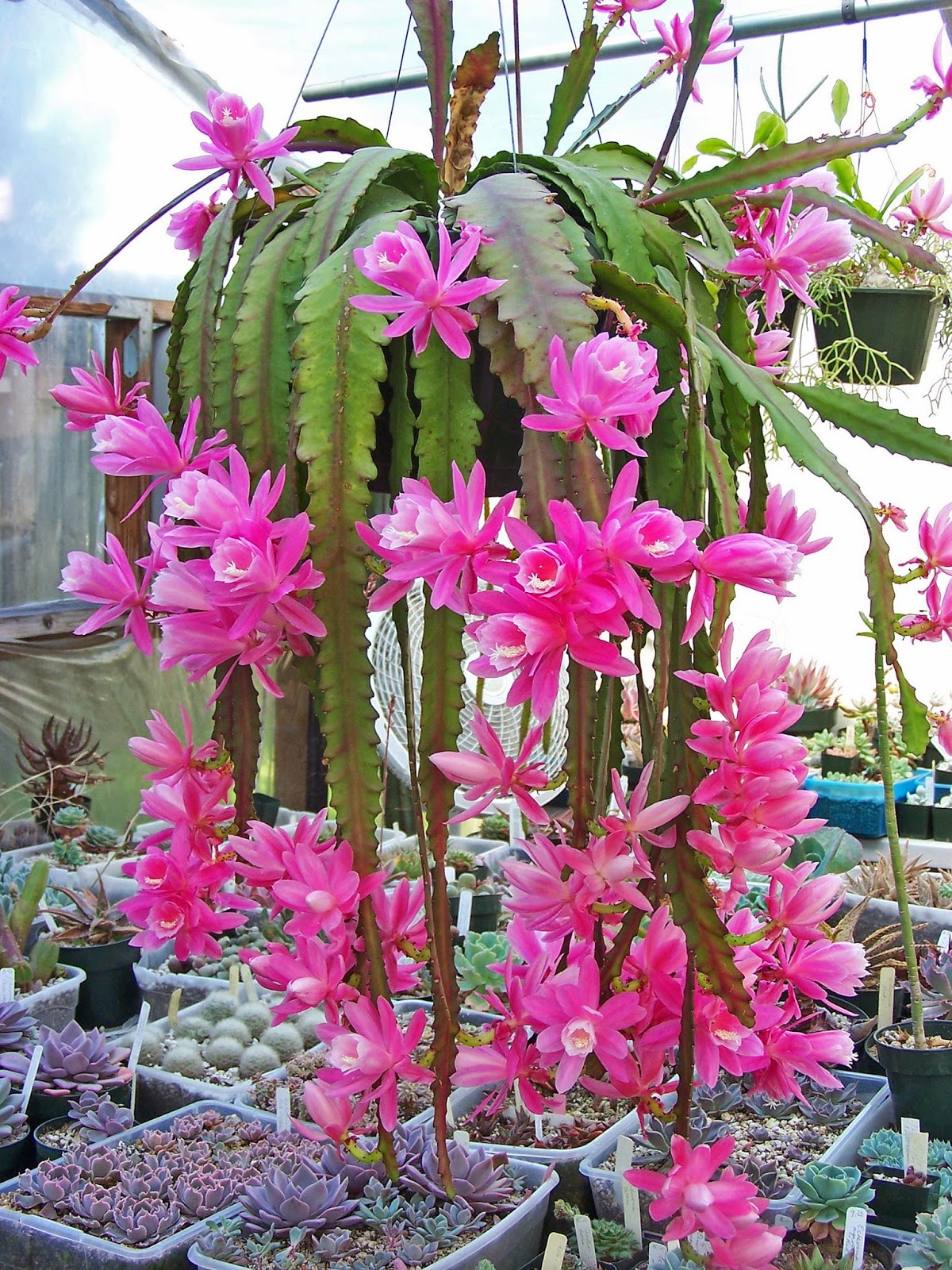Cacti are remarkable plants known for their ability to thrive in arid environments and their diverse array of shapes, sizes, and flowering abilities. Within the vast family of cacti, the Disocactus genus stands out for its unique characteristics and horticultural allure. Have you ever contemplated cultivating Disocactus as a centerpiece in your succulent collection? If so, are you prepared to navigate the intricacies and challenges that may accompany their care?
The following discourse delves into the fascinating world of Disocactus, illuminating aspects such as the genus’s origins, care requirements, and specific species worth exploring. In embarking on this journey, enthusiasts may discover that while these plants are enchanting, they do indeed pose certain challenges, thereby requiring a dedication to their unique needs.
Understanding the Disocactus Genus
Disocactus, a genus within the Cactaceae family, is often referred to as the “epiphytic cactus,” with its native habitats predominantly found in the tropical and subtropical regions of Central America and southern Mexico. These plants typically thrive in rainforests, clinging to tree trunks or rocks, thereby indicating their preference for high humidity and dappled sunlight.
The structure of Disocactus species is distinct; they often feature elongated, flat, or wavy stems that can reach impressive lengths, some extending up to several feet. Additionally, their flowers are a striking aspect of their beauty, typically blooming in vibrant colors such as red, pink, or yellow. Many species blossom during the night, attracting pollinators and showcasing their ephemeral beauty.
A Chimeric Evolution
The evolution of the Disocactus genus is as intricate as the plants themselves. Disocactus species exhibit fascinating adaptations, having evolved to survive in semi-shaded environments where they compete for sunlight with surrounding foliage. The ability to store water within their stems, alongside their modifications for gas exchange, highlight their evolutionary prowess.
However, the challenge arises: as a grower, how can one replicate these specific environmental conditions? Understanding the proper balance of light, humidity, and temperature is vital for fostering healthy growth.
The Alluring Species of Disocactus
Several noteworthy species of Disocactus merit special attention for both their aesthetic qualities and care requirements. Among them, Disocactus phyllanthoides stands out as an excellent example for novice and experienced gardeners alike.
Disocactus phyllanthoides
This species is characterized by its broad, flattened stems that can cascade elegantly, making it a sought-after choice for hanging baskets. The plant boasts delicate, tubular flowers that emerge in hues of pale pink to vibrant magenta. Additionally, it thrives in well-draining potting mediums and requires bright, indirect light.
The Care Commitment
Caring for Disocactus plants involves understanding their specific needs and nurturing them accordingly. Unlike many traditional cacti, these epiphytic varieties require a slightly different approach. Below are essential care tips to consider when nurturing your Disocactus specimens.
Light Requirements
Disocactus thrives in bright, indirect sunlight. They are sensitive to direct sunlight, which can scorch their delicate stems. An ideal location is near a window with filtered light or in a space that mimics their natural habitat’s dappled shade. Consider rotating your plant occasionally to ensure even light exposure and growth.
Watering Wisely
Epiphytic cacti such as Disocactus exhibit a unique watering requirement. Their stems can retain moisture, allowing them to go longer durations without water. During the growing season, it is advisable to water thoroughly when the top inch of the soil feels dry, but it is vital to reduce watering during the dormant winter months. Overwatering can lead to root rot, a common predicament among gardeners.
Humidity and Temperature
Consider your local climate when growing Disocactus. These cacti flourish in higher humidity levels, typically between 40 to 60 percent. In drier environments, misting the plants occasionally can help mimic their native habitat. In terms of temperature, they prefer a range of 65°F to 80°F (18°C to 27°C), and they should be protected from frost and cold drafts.
Soil Choices and Fertilization
Choosing the right soil is crucial for cultivating Disocactus. A well-draining potting mix, such as one formulated specifically for cacti and succulents, ensures that excess moisture can escape. Amending standard potting soil with perlite or orchid bark can enhance drainage and aeration. Additionally, during the growing season, a diluted liquid fertilizer can be applied every few weeks to encourage robust growth.
Propagation Techniques
Are you ready to expand your cactus collection? Propagation of Disocactus can be easily accomplished through stem cuttings. Select a healthy stem segment, allow it to callous, and then plant it in a well-draining mix. With proper care and patience, new roots will develop, resulting in a healthy new plant!
The Challenges of Growth
While Disocactus can be a satisfying plant to grow, prospective cactus enthusiasts may encounter challenges. The need for consistent humidity and specific light conditions means that they might not fare well in all households, especially in arid regions. Additionally, their susceptibility to pests such as mealybugs or spider mites could pose obstacles. Regular inspection and natural pest-control methods can effectively manage these invaders.
Celebrating the Beauty of Disocactus
In closing, cultivating Disocactus offers not only the delight of nurturing exotic plants but also the learning experience of addressing their unique challenges. Their enchanting forms and vibrant blooms bring a touch of the tropical wilderness into our homes, making them an invaluable addition to any collection.
Are you ready to embark on this horticultural adventure? Whether you choose to cultivate Disocactus for its stunning aesthetic or the whimsical challenge it presents, each day spent caring for these plants will deepen your appreciation for the wonderful world of cacti.

Leave a Comment